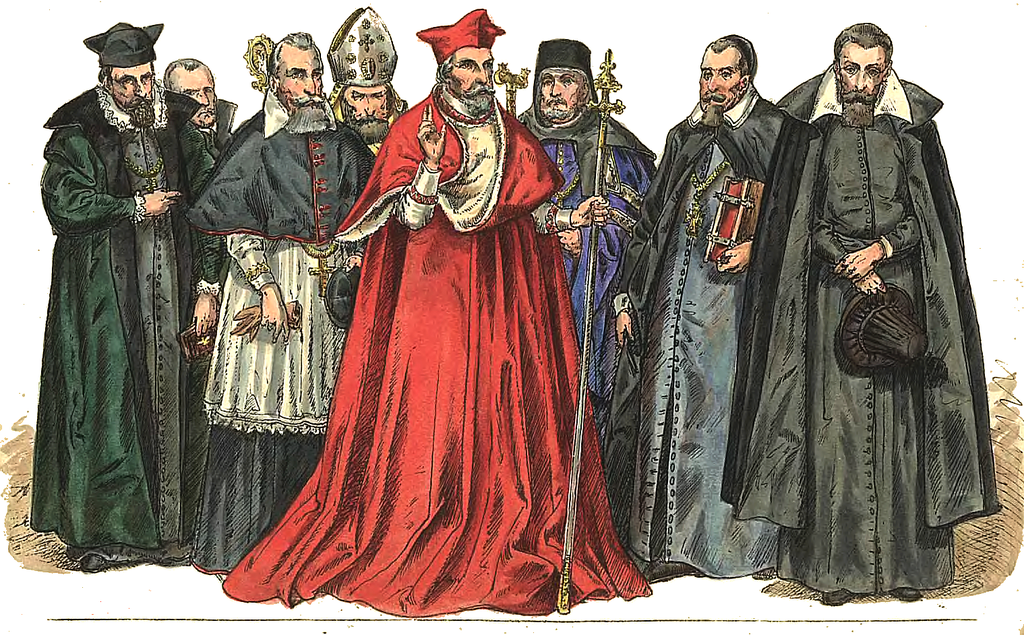Mini Sheet: M. Luther als Junker Jörg(Painting of Lucas Cranach d.Ä.) (Germany, Democratic Republic 1982)
M. Luther als Junker Jörg(Painting of Lucas Cranach d.Ä.) (Germany, Democratic Republic 1982)
09 November (Germany, Democratic Republic ) within release 500th Birthday of Reformer Martin Luther (1483-1546) goes into circulation Mini Sheet M. Luther als Junker Jörg(Painting of Lucas Cranach d.Ä.) face value 10*20 East German pfennig
| Mini Sheet M. Luther als Junker Jörg(Painting of Lucas Cranach d.Ä.) in catalogues | |
|---|---|
| Michel: | Mi: DD 2755KBII |
Mini Sheet is horizontal format.
Plate flaw: "i" in DEMOKRATISCHE horizontal broken in the middle, position 9, partial editionAlso in the issue 500th Birthday of Reformer Martin Luther (1483-1546):
- Mini Sheet - M. Luther als Junker Jörg(Painting of Lucas Cranach d.Ä.) face value 10*20;
- Mini Sheet - M. Luther als Junker Jörg(Painting of Lucas Cranach d.Ä.) face value 10*20;
- Mini Sheet - M. Luther als Junker Jörg(Painting of Lucas Cranach d.Ä.) face value 10*20;
- Mini Sheet - M. Luther als Junker Jörg(Painting of Lucas Cranach d.Ä.) face value 10*20;
Mini Sheet M. Luther als Junker Jörg(Painting of Lucas Cranach d.Ä.) it reflects the thematic directions:
Clergy are formal leaders within established religions. Their roles and functions vary in different religious traditions, but usually involve presiding over specific rituals and teaching their religion's doctrines and practices. Some of the terms used for individual clergy are clergyman, clergywoman, clergyperson, churchman, cleric, ecclesiastic, and vicegerent while clerk in holy orders has a long history but is rarely used
Famous People refers to the fame and public attention accorded by the mass media to individuals or groups or, occasionally, animals, but is usually applied to the persons or groups of people (celebrity couples, families, etc.) themselves who receive such a status of fame and attention. Celebrity status is often associated with wealth (commonly referred to as fame and fortune), while fame often provides opportunities to make money.
Lutheranism is a major branch of Protestantism that identifies primarily with the theology of Martin Luther, the 16th-century German monk and reformer whose efforts to reform the theology and practices of the Catholic Church launched the Reformation in 1517.Lutheranism subsequently became the state religion of many parts of Northern Europe, starting with Prussia in 1525.
A man is an adult male human. Prior to adulthood, a male human is referred to as a boy (a male child or adolescent).
Painting is the practice of applying paint, pigment, color or other medium to a solid surface (support base). The medium is commonly applied to the base with a brush, but other implements, such as knives, sponges, and airbrushes, can be used. Painting is a mode of creative expression, and the forms are numerous. Drawing, gesture (as in gestural painting), composition, narration (as in narrative art), or abstraction (as in abstract art), among other aesthetic modes, may serve to manifest the expressive and conceptual intention of the practitioner. Paintings can be naturalistic and representational (as in a still life or landscape painting), photographic, abstract, narrative, symbolistic (as in Symbolist art), emotive (as in Expressionism), or political in nature (as in Artivism). A portion of the history of painting in both Eastern and Western art is dominated by spiritual motifs and ideas. Examples of this kind of painting range from artwork depicting mythological figures on pottery, to Biblical scenes rendered on the interior walls and ceiling of the Sistine Chapel, to scenes from the life of Buddha or other images of Eastern religious origin. In art, the term painting describes both the act and the result of the action. The support for paintings includes such surfaces as walls, paper, canvas, wood, glass, lacquer, clay, leaf, copper and concrete, and the painting may incorporate multiple other materials including sand, clay, paper, plaster, gold leaf, as well as objects. The term painting is also used outside of art as a common trade among craftsmen and builders.
Religion is any cultural system of designated behaviors and practices, world views, texts, sanctified places, ethics, or organizations, that relate humanity to the supernatural or transcendental. Religions relate humanity to what anthropologist Clifford Geertz has referred to as a cosmic "order of existence". Different religions may or may not contain various elements ranging from the "divine", "sacred things", "faith", a "supernatural being or supernatural beings" or "some sort of ultimacy and transcendence that will provide norms and power for the rest of life". Religious practices may include rituals, sermons, commemoration or veneration (of deities), sacrifices, festivals, feasts, trances, initiations, funerary services, matrimonial services, meditation, prayer, music, art, dance, public service, or other aspects of human culture. Religions have sacred histories and narratives, which may be preserved in sacred scriptures, and symbols and holy places, that aim mostly to give a meaning to life. Religions may contain symbolic stories, which are sometimes said by followers to be true, that have the side purpose of explaining the origin of life, the Universe and other things. Traditionally, faith, in addition to reason, has been considered a source of religious beliefs. There are an estimated 10,000 distinct religions worldwide. About 84% of the world's population is affiliated with one of the five largest religions, namely Christianity, Islam, Hinduism, Buddhism or forms of folk religion.






